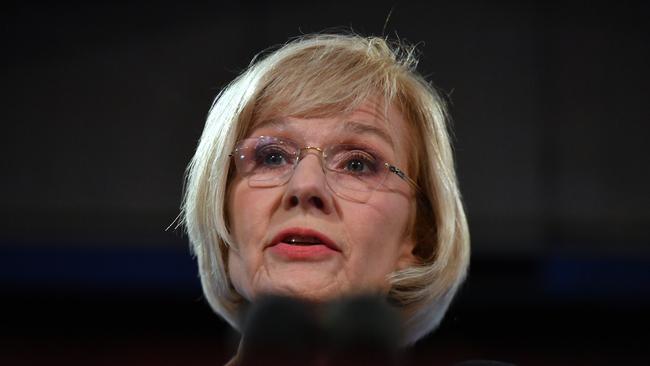
But it won’t be long before vice-chancellors must tackle what will be the undoubtedly tricky task of dealing with its recommendations. And because the terms of reference delve right into some of the fundamental issues bedevilling universities, it may not be easy to chart a new course.
At the moment UA functions as a peak body and lobby group for the 39 major universities. It deals mainly with government but also has a key role in communicating with business and others in the community. The problem is that few senior people in the world of higher education think it has been doing a good job.
It was not influential with the Turnbull government and relations with the Morrison government became even worse after it was perceived as having backed Labor (which was offering a $1bn a year boost to university funding) in the 2019 election.
UA is a vice-chancellor run show. There are eight on the board, plus CEO Catriona Jackson, and it is currently chaired by University of Queensland vice-chancellor Deborah Terry.
The review is being asked to resolve a fundamental tension which has arisen between many chancellors and vice-chancellors. In the last decade or so chancellors of universities — that is the people who chair the governing boards which the vice-chancellors report to — have become more powerful, as universities themselves have become more complex and, in some respects, more like corporations.
Chancellors today are usually people with a strong background in business or government who often see the world differently to vice-chancellors, who are typically from an academic background.
Many chancellors are highly critical of UA, holding their own opinions about how universities should increase their clout with government.
The review, carried out by long time higher education consultants PhillipsKPA, was told to examine UA’s core functions, strategic positioning and governance arrangements, including the role of the board.
PhillipsKPA was also asked to look directly at UA’s relationship with the chancellors’ group, the University Chancellors Council, key ministers and public servants. It will also compare UA to other peak bodies, including making international comparisons.
This will provide some food for thought. For example, universities do not have the authoritative public voice which, for example, the Business Council of Australia has. Do universities need a spokesperson and advocate with the stature and influence of, for example, BCA chief executive Jennifer Westacott?
And what should UA’s role be? Should it be a broader organisation along the lines of Universities UK, which carries out policy work and has looked deeply at how the university sector can integrate with industry and help meet other national priorities?
The review also contains a ticking bomb. It is asked to “consider ways to enhance UA’s capacity to advocate effectively, in the sector’s interests, across the breadth of UA’s membership”.
The problem is that different parts of the university sector have different interests. It’s not surprising that the four university subgroups — the Regional Universities Network, the Innovative Research Universities, the Australian Technology Network and the Group of Eight — are expanding their influence.
The stresses of COVID and the international student travel ban has only exacerbated the divisions. Chinese students who can’t come to Australia have been willing to study online which benefits the Group of Eight. Indian students — who tend to enrol at less expensive, second tier universities — have been choosing Canada or the UK rather than go online. It means that university interests are diverging rather than converging.
Can the vice-chancellors find a way to draw together their own divided house and to work effectively with their bosses, the chancellors? We will see.




We don’t yet know what the findings are of the sweeping review which Universities Australia commissioned into itself last year.